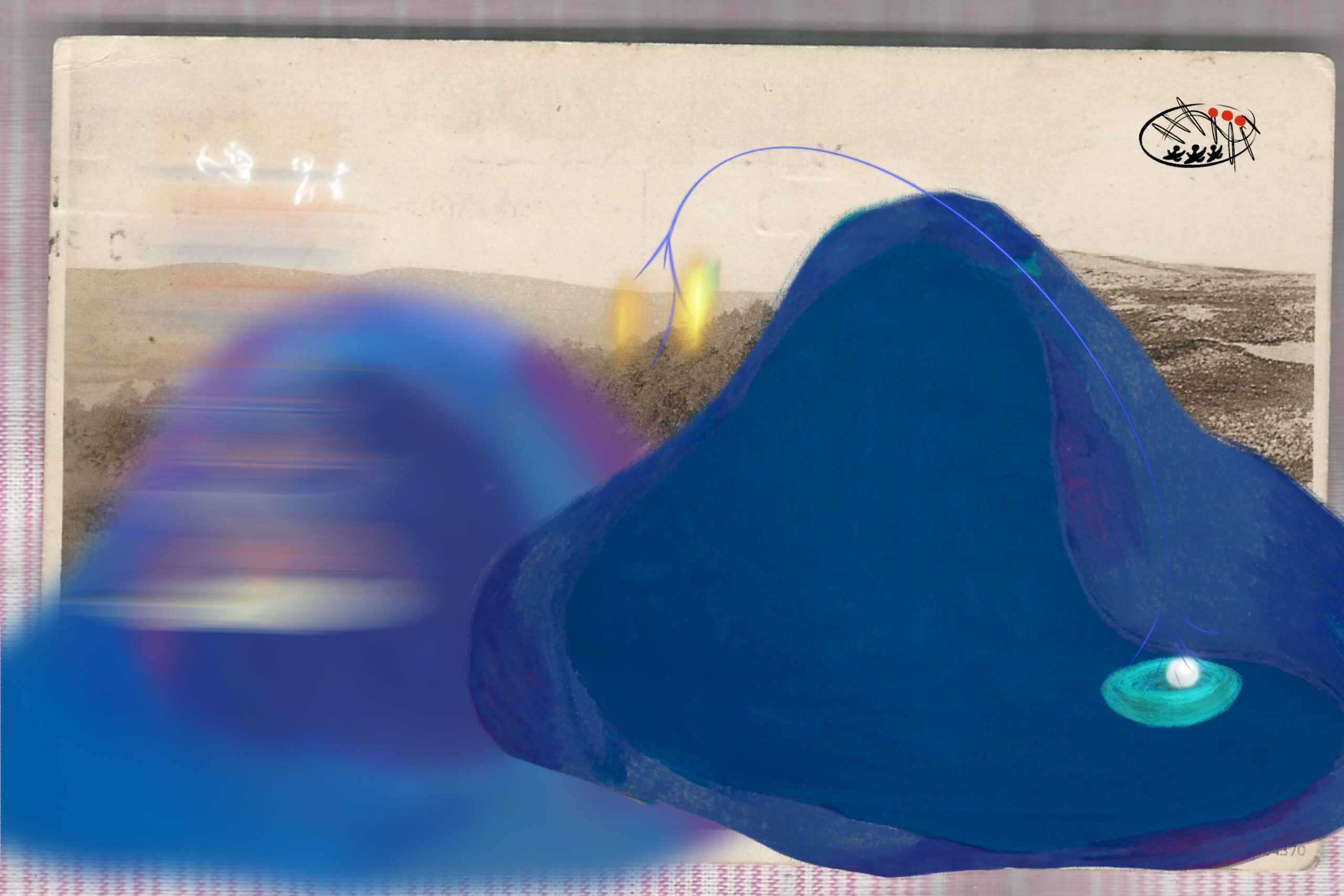PROTECTING THE SUBJECTIVITY OF CONTEMPORARY ART
| 2013年01月08日 | 发表于 LEAP 21
In all eras we have expected art to fulfill some extremely practical roles. In this sense, the so-called“contemporary art” we have now could be understood as presently useful art, a little like a folk prescription or a magically effective medicine. We have no way of explaining contemporary art, but that does not stop us from employing it. We venerate this unclear and opaque situation, and we summarize it as our historically unique cultural property. Art is mystical, unintelligible, and ineffable, so we have no means of reflecting on it. We only grasp, thus no longer believing that a subjective art can be constructed in this kind of capacity. We have accepted the view that contemporary art, as a form of knowledge, no longer exists. In this way, we seem to only be able to entrust contemporary art to presently useful purposes: to the interdisciplinary, under the guise of “moving with the times.” Contemporary art has now entered a variety of fluid domains. It has become a kind of circulated good, endlessly dissipating within the supply- demand relationships of entertainment news, political events, and social commentary. In their own respect, each of these differences has served to effectuate the purchase and acquisition of contemporary art. We have given yet more extravagant powers to social and political science in hopes that this transfer will symbolize the arrival of a new epoch, allowing us to announce that contemporary art has already lost its own sovereignty. Guided by the politically correct attitudes of all the various movements since the 1980s, contemporary art has gradually evolved into a specialized method for manufacturing an enemy, as well as a corresponding mode of generating profit. As the influence of these methods persists, we have no means of constructing the subjectivity of contemporary art. It has been “sealed” (to borrow from Alain Badiou) into endless relationships and replaced by social movements, spiritual civilization, national image, and financial capital. The dissolution of the constructed subjectivity of contemporary art has also left us with no means of existing as subjects. We can only float amid the other knowledge and space, or, relying on specious individual perception, gamble. The environment of contemporary art has disarmed contemporary art of its subjective gaze (or of its being gazed upon). It has been replaced with fetishism and political voyeurism.
The subjectivity of contemporary art that we refer to is in itself a kind of name, one that possesses incidence. Its basic principle is a plurality of environments, which at the same time is not classified into any non-universal categories. It includes politics, namely the synchronicity (as in correlation, not connection) of Badiou’s Two. It should have possibility and its own mode of thought, and it should be perceivable.
汪建伟
Wang Jianwei


